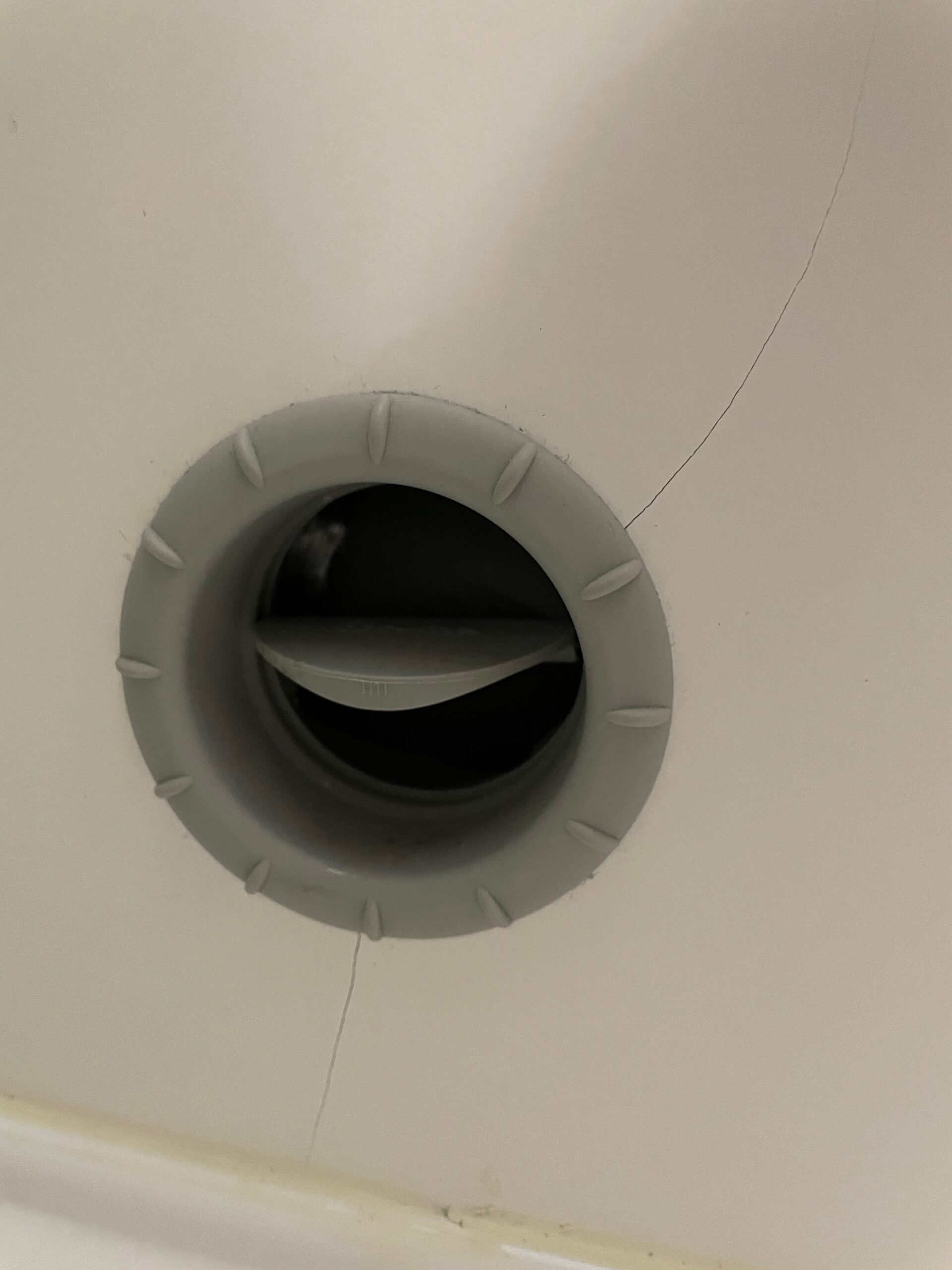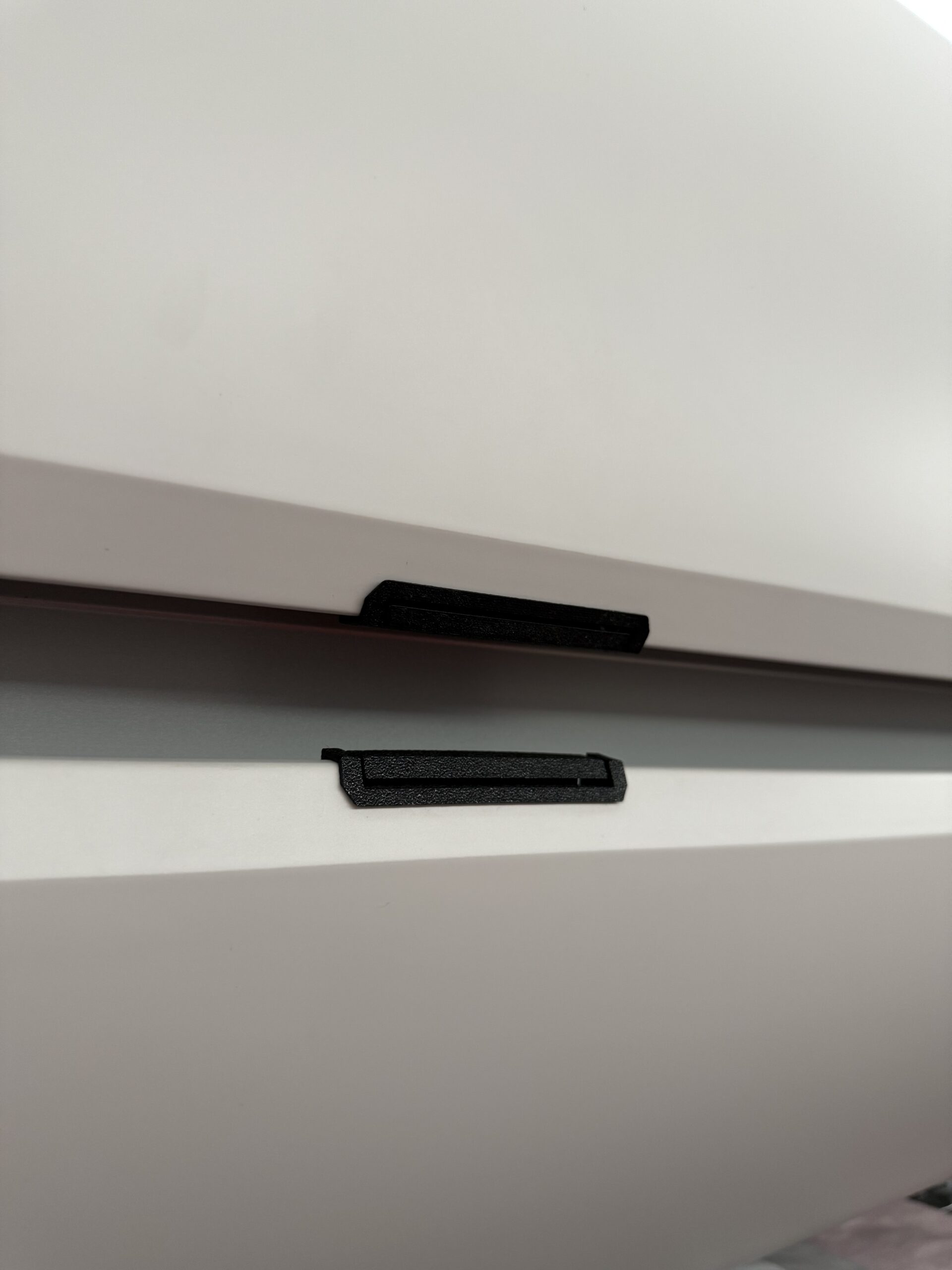A small, inexpensive unit and yet we haven’t had it in our Grand California in far too long. In our opinion, a CO detector is a must in every mobile home.
What is a CO detector?
As the name suggests, it is a device that measures the CO (carbon monoxide) content in the air and sounds an alarm when certain limits are reached. CO detectors look almost like the smoke detectors you know from your home.
What is carbon monoxide ?
Carbon monoxide is a chemical compound of carbon and oxygen, which is produced, for example, by the incomplete combustion of gas or diesel.
But why is this dangerous and what does it have to do with my RV?
Quite a lot! Because you most likely use gas or diesel, for example for cooking or heating. If one of the two does not burn completely, as described above, the dangerous carbon monoxide is produced.
If the concentration in the air increases and you breathe in the gas, this prevents the oxygen uptake in the blood. The higher this concentration is, the more dangerous the whole thing becomes, and if the concentration is too high, you virtually suffocate. Sure, you can say I notice when I can’t breathe, but the treacherous carbon monoxide is tasteless and odorless. It’s not like you can’t breathe from one moment to the next, you just slowly get more and more tired and then you pass out. You could still be helped by getting you out into fresh air, but if you continue to be exposed to carbon monoxide, eventually your body will simply run out of oxygen and you will suffocate without realizing it.
And now it comes to the worst case, you lie in your bed in the evening and have the heating set to a cozy 18 degrees, you fall asleep. The problem, unfortunately, your heater has a defect, the exhaust gases are no longer led out of the car, because, for example, the exhaust pipe is broken or leaking, not that something like that could happen at Volkswagen 😃, now the exhaust gases get into the interior, maybe just a little bit, you breathe while you sleep this stuff: this insidious Carbon monoxide. Now what I described above happens during sleep. The only good thing about it is that you don’t notice it.
Overview of CO limit values
As with everything, the dose makes the poison. Of course, you don’t die immediately if you inhale carbon monoxide, otherwise everyone would fall over right away if they walked behind a car with the engine running.
The carbon monoxide content in the air is usually expressed in ppm. The abbreviation ppm stands for the English expression “parts per million” and is used in science and technology for a “millionth part”.In contrast, percent (%) stands for the “hundredth part”.
| Value in ppm | Value in % | Period and course of poisoning |
|---|---|---|
| 30ppm | 0,003% | MAK value in Germany (max. permissible workplace concentration) |
| 200ppm | 0,02 % | Mild headache within 2-3 hours |
| 400ppm | 0,04% | Headache in the area of the forehead within 1-2 hours |
| 800ppm | 0,08% | Dizziness, nausea and limb twitching within 45 minutes |
| 1600ppm | 0,16 % | Headache, dizziness and nausea within 20 minutes |
| 3200ppm | 0,32% | Dizziness, nausea and headache within 5-10 minutes |
| 6400ppm | 0,64% | Dizziness and headache within 1-2 minutes |
| 12800ppm | 1,28% | Unconsciousness and death within 1-3 minutes |
Source: https://www.kohlenmonoxidmelder.com/kohlenmonoxid/
Your rescue: CO detector
Thanks be to the devil, man is a clever little animal and has come up with a great device which, if the concentration of carbon monoxide is too high, can wake you up in an extremely loud tone and save your life.

A CO detector you get for about 20 euros and that is more than money well spent. We have placed it in the kitchen and thus directly by the bed, so that we are warned in time in case of an emergency during the night.
Our model starts an absolute party when the carbon monoxide concentration in the air reaches 300ppm, if you look at the values from the table above, it illustrates again how dangerous the whole thing is. Even if 300ppm does not sound much, this already leads to physical impairment. We have never had a reading over 30ppm in our Grand California.
Get a CO detector and play it safe. You can buy the things in camping trade such as Camping Wagner or Fritz Berger.
We purchased our CO detector from Jeff.

And don’t panic, these are affiliate links. Only that we mention it here.



